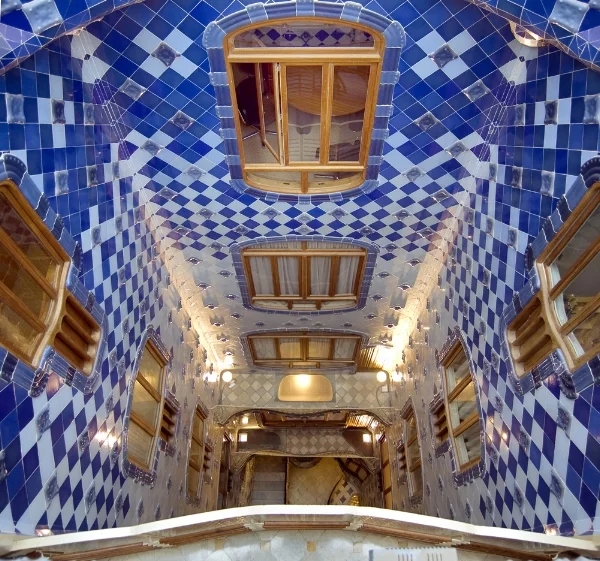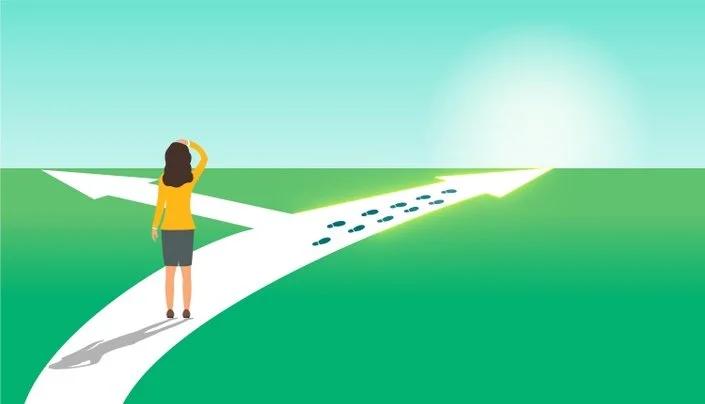BEAUTY: a concept, a value or just an activated brain area ?
/"Beauty is nothing but the beginning of terror" wrote Rainer Maria Rilke at the dawn of the last century, subverting the culture of neoclassic beauty and vividly reclaiming the culture of sublime romanticism. But the question is: is beauty a concept that only poetry can try to explain? Maybe what beauty is will remain a mystery, but what happens in our brain when we look at beauty will be no longer.
Neurobiology has no interest in understanding the factors that determine and trigger the sensation of beauty and pleasure in humans, rather it only tends to understand what is happening in our nervous system when experiencing the beauty. Semir Zeki, ( in his interview for 'Why Are We Here?') supports this position and keeps the distances from any direct confrontation on the subject with the rest of the intellectual world, especially the humanisties, who on the contrary, would be afraid of the contradictions found along their ideological path, when facing unmistakable scientific evidence.
Architects, on the other hand, are very eager to know more about the hidden magic that makes some spaces much more enjoyable than others; they would solve most of the problems due to the arbitrariness of languages , and finally there would get objective, stable and unmistakeble references.
Color Constancy: you recognise conspicuous colors even when subjected to different levels of ambient light
Our brains are always looking for stabilizing references, and all sensory processes are nothing but an expression of this tendency: the visual reality we perceive is nothing but the subjective interpretation of electromagnetic waves and the prospective construction of shapes, which tend to to eliminate contradictions and uncertainties. For example, we always perceive the leaves as green, that is as they appear in the daylight, although they look different in other moments of the day, when they mainly reflect the red of the crepuscule or the dawn. The perceptive process is a survival tool and therefore tends to recognize reality to the extent that we need it. When the same reality returns forms, colors and sounds in the way we think it makes sense, we feel pleasure, and that feeling is closely linked to credibility even before simplicity, and produces a sense of satisfaction in the brain.
Zeki points out that there are no delimited areas of the brain that are sensitive to the perception of the beautiful but we can assert that there is a part of the brain that activates when we feel the sensation of beauty. This area is the medial orbitofrontal cortex, and it is the same when we react positively to the delivery of a prize, when we hear beautiful music, when we are directly or indirectly involved in an action that we consider to be just and / or good (Moral Value of Artistic Beauty of Kant). It is a feeling that connects us to the world and can vary in intensity, but never to the point of destabilizing ourselves.
When you raise the "volume" of pleasure and you get to a destabilizing point, beauty fades to leave the place to something different, which is the sublime. The sublime is defined as the beauty that is captured in horror, the pleasure contained in terror. It is the sensation aroused by nature in its most grandiose and powerful manifestations, such as storms or even a high peak view. This is a point of imbalance in which the sense of self is turned off in relation to the world, as the sense of infinity and impotence is overwhelming and takes over. Unexpectedly, when experiencing the sublime, the active brain area -the medial inferior frontal gyrus - is not the same as the one involved when we experience the beauty. It is a zone involved in strong emotional experiences and is recorded as pure mental construction.
Can we distinguish in architecture examples looking for sublime from esamples looking for beauty? And what could be the environmental feautures which distinguish one category from the other?
According to what has been said so far, we should say that an architecture is beautiful when it satisfy our brain, does not stress but provides cognitive and physical ergonomy. The demarcation line between the sublime and the beauty is very subtle and is also closely related to time and cultural evolution. How long can we stay in the Battlò house without feeling the weight of a continuous and repeated sensory stimuli? Gaudì's work is one of the most popular attraction for tourists in Barcelona, but It's pretty sure none of us would be happy to spend all their lives in such spaces..
Casa Battlò - Barcelona
A "beautiful architecture" survives cultural changes, and remains pleasant forever and for different types of users. It's what we need for places where we spend most part of the day: places where we study, where we work and where we spend time with our family. These spaces have to recharge rather than overwhelm us.
So let the museums, the churches, the playgrounds offer special effects and positively over-stimulating experiences. Let them be the artwork to surprise us with their forms. And let everyday spaces be seductive but classical, provocative and innovative to be capable to reset the negative mental states and predispose to creativity. Every solution should be proposed in the right place at the right time.
TOUCH : THE FORGOTTEN SENSE (IN ARCHITECTURE)
/So many considerations about this sculpture.
Francesca Bacci, art historian and trans-disciplinary curator, explains very clearly our physical and mental involvement when we interact with matter and shapes.
When we touch something we are close to that thing, and it belongs to our personal space.
When we look at it from a distance we can see the whole thing BUT ...
FRancesca BacCI speaks onsculpture and touch in avideo-interview for the Oslo National Museum.















